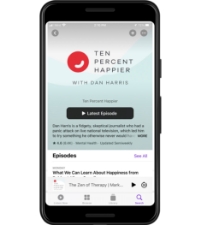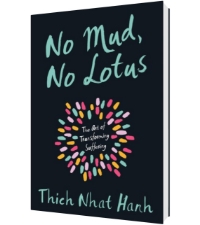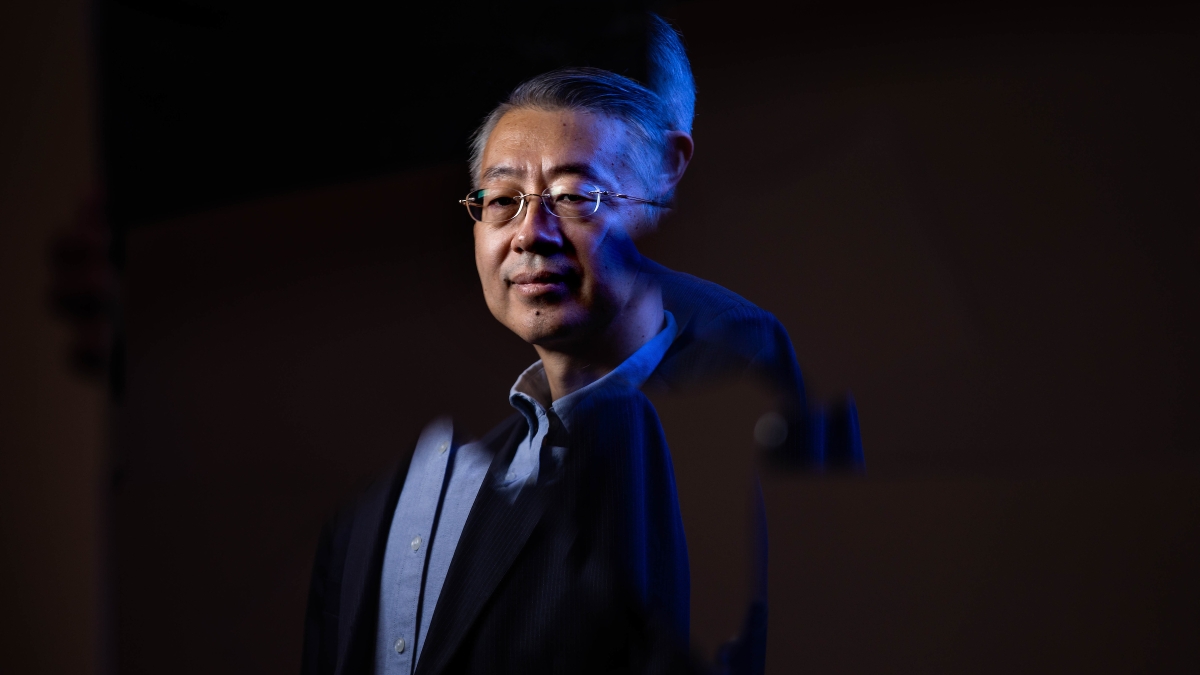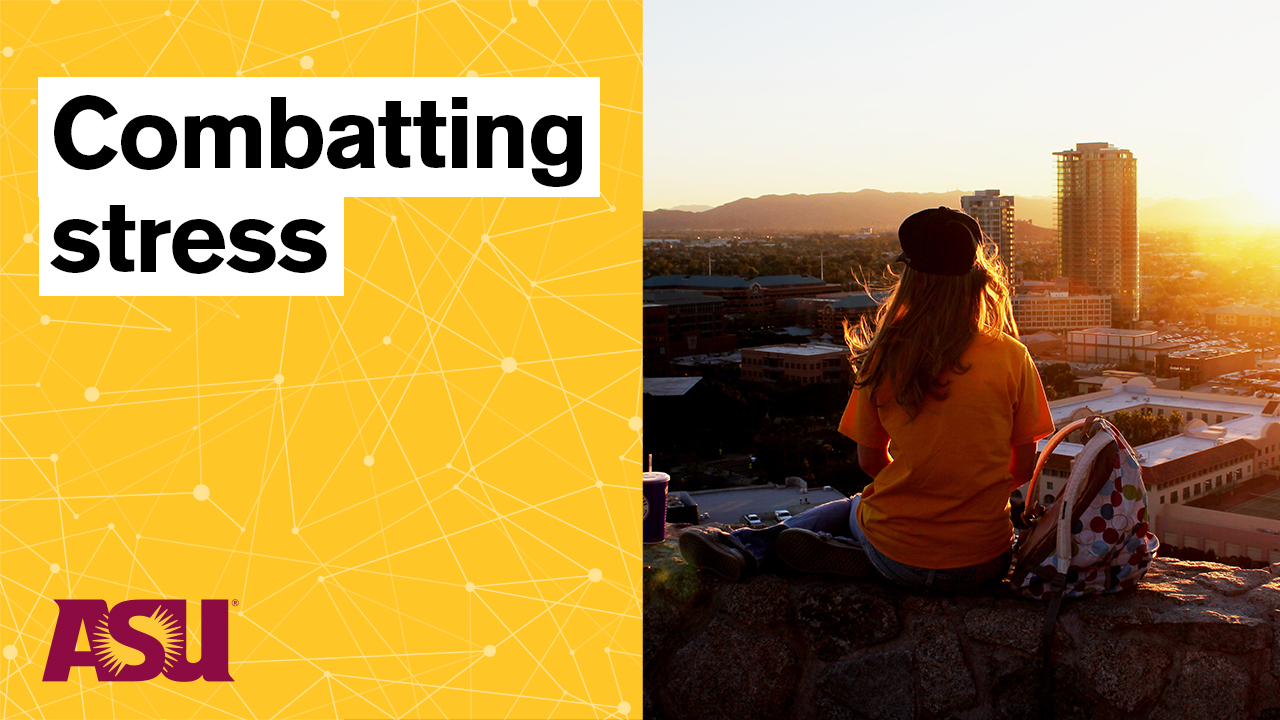New year, new you.
But what’s the best way to go about the new you?
An Arizona State University neuroscientist says it’s meditation.
But not just any kind.
Yi-Yuan Tang has studied the brain for more than 30 years. He says that after only five to 10 meditation sessions, your brain can change for the better, bringing a host of benefits.
When Tang started his career 30 years ago in medical school, the emphasis was on the Western approach to medicine: medication and surgery.
“But it doesn't always work for sure,” said Tang, a professor in the College of Health Solutions. “Then I found another important factor we ignore — the psychological contribution to health and disease. So this time I studied psychosomatic medicine. I found a lot of psychological factors contributing to health and disease. So I had a question: Can we help the patient with this kind of approach?”
When Tang was six, he was in a bad accident. He fell from a third floor, breaking his legs and feet. They became infected. Hospital doctors could not cure him and gave up. His father, a professor, found a traditional medicine doctor who healed Tang. That doctor became one of Tang's first teachers.
Tang went on to learn different body-mind methods and techniques from more than 20 teachers. He has been a long-term practitioner of many Eastern traditions, including traditional Chinese medicine, meditation, tai chi, martial arts and the I Ching.
Tang also studied health, disease, psychology and neuroscience, and developed an approach he calls integrative body-mind training. It focuses on the body part of physical health and, to a lesser degree, mental health.
“Our brain can predict our health,” he said.
Tang studied the effects of integrative body-mind training on a population of 10,000 people. They improved their emotions, attention and creativity, and also reduced stress and improved other functions.
So, what happens to the brain after the five to 10 meditation sessions?
“Five sessions can improve brain activity in a tension area, emotion area, reward area and the self-control area, usually in the middle of our brain,” he said. “After 10 sessions, we find this area becomes bigger. Emotional reward is bigger.”
It’s not exercise, Tang said. It’s quiet and calm. It’s an experience that changes and shapes the brain.
“Participants have a better cognitive performance, like attention, memory, creativity, problem-solving,” he said. “Stress is lower and immunity is higher.”
If immune function can be improved for middle-aged and elderly people, the quality of life can be improved and stress reduced.
“We may prevent ... early chronic decline and aging-related disorder(s),” he said.
What type of meditation is best?
He recommends brain- and body-based practice, like mindfulness meditation, tai chi, yoga and qi gong.
At the heart of his work is the theory of embodied cognition, the idea that many features of cognition, whether human or otherwise, are shaped by aspects of the entire body of the organism.
“It means how your body can work with your brain ... to change our state,” he said.
Tang is the author of nine books, such as "The Neuroscience of Mindfulness Meditation: How the Body and Mind Work Together to Change Our Behavior" (Springer Nature, 2017), "Brain-Based Learning and Education: Principle and Practice" (Academic Press, Elsevier, 2018) and "The Neuroscience of Meditation: Understanding Individual Differences" (Academic Press, Elsevier, 2020).
Join an online guided meditation
Enjoy free meditations from the ASU Center for Mindfulness, Compassion and Resilience at mindfulnesscenter.asu.edu/meditations. |
Additional resources

“Ten Percent Happier” podcast with Dan Harris. | 
“No Mud, No Lotus” by Thich Nhat Hanh |
Top image: College of Health Solutions Professor Yi-Yuan Tang. Tang's research focuses on the brain and how it shifts and changes with mindfulness practices. Photo by Deanna Dent/ASU News
More Science and technology

ASU at the heart of the state's revitalized microelectronics industry
A stronger local economy, more reliable technology, and a future where our computers and devices do the impossible: that’s the transformation ASU is driving through its microelectronics research…

Breakthrough copper alloy achieves unprecedented high-temperature performance
A team of researchers from Arizona State University, the U.S. Army Research Laboratory, Lehigh University and Louisiana State University has developed a groundbreaking high-temperature copper alloy…

4 ASU researchers named senior members of the National Academy of Inventors
The National Academy of Inventors recently named four Arizona State University researchers as senior members to the prestigious organization.Professor Qiang Chen and associate professors Matthew…



